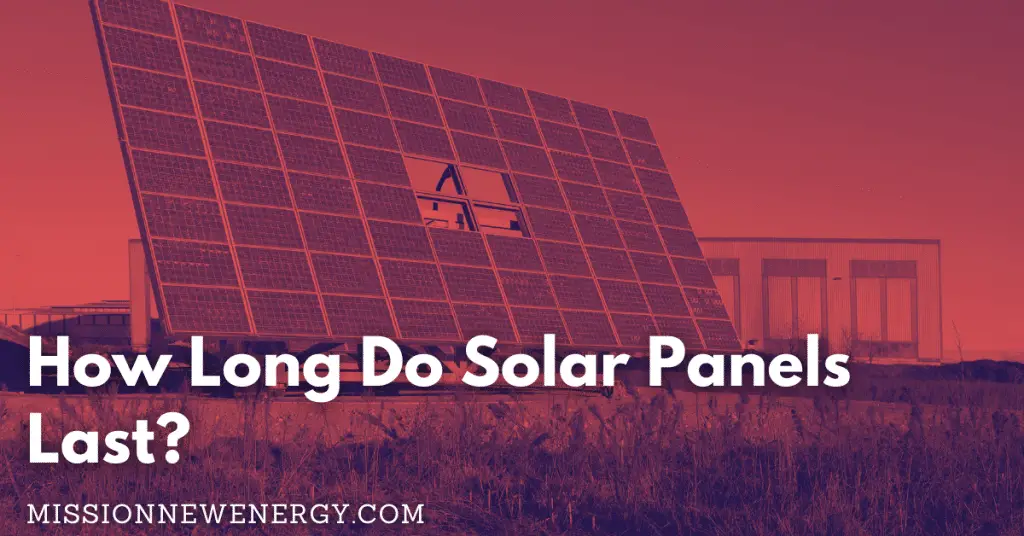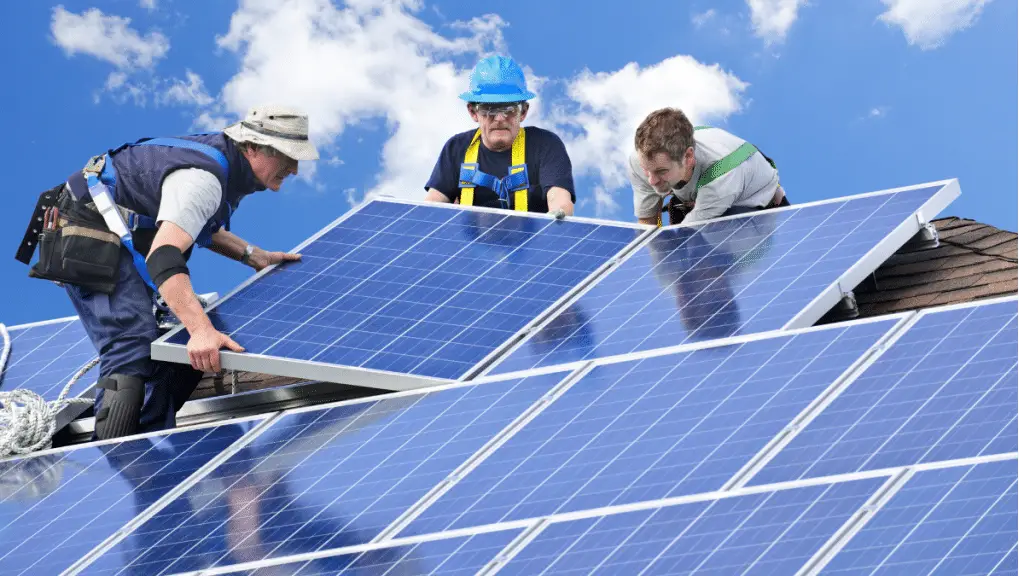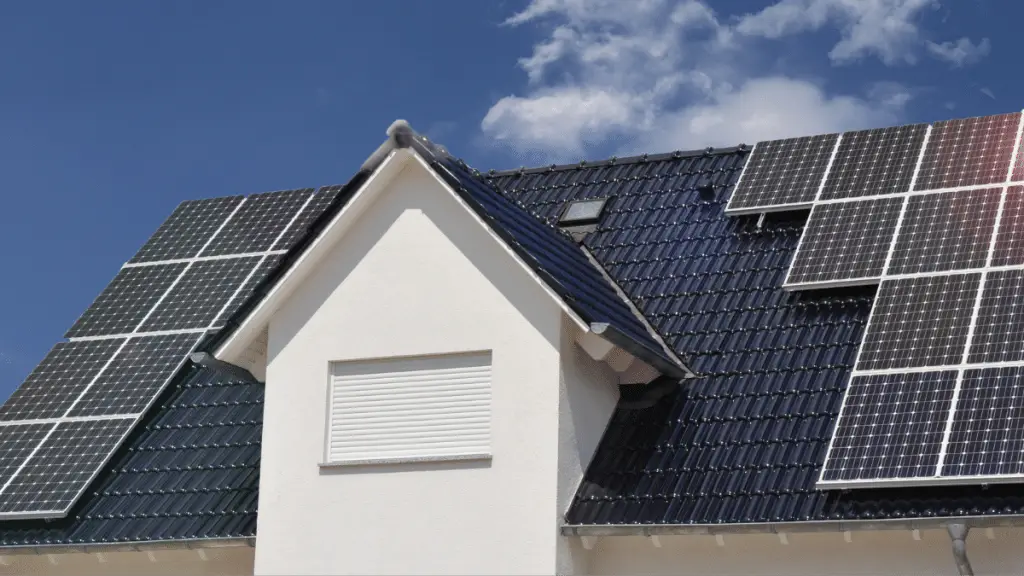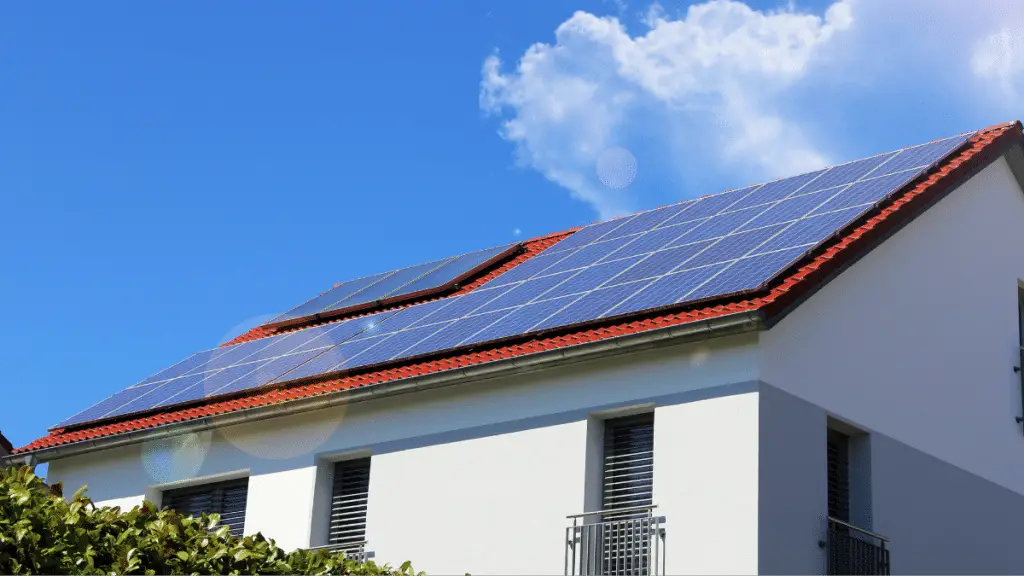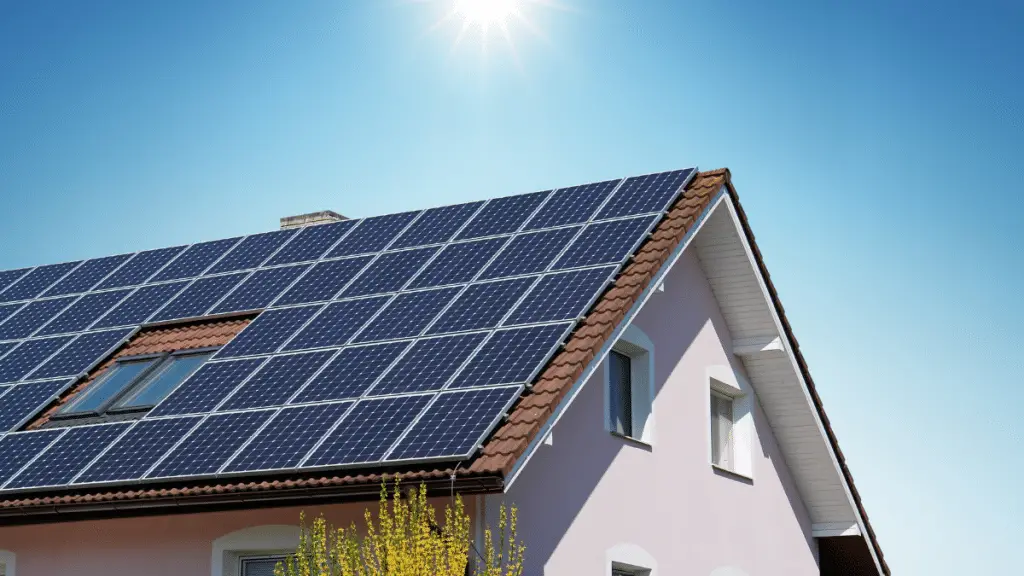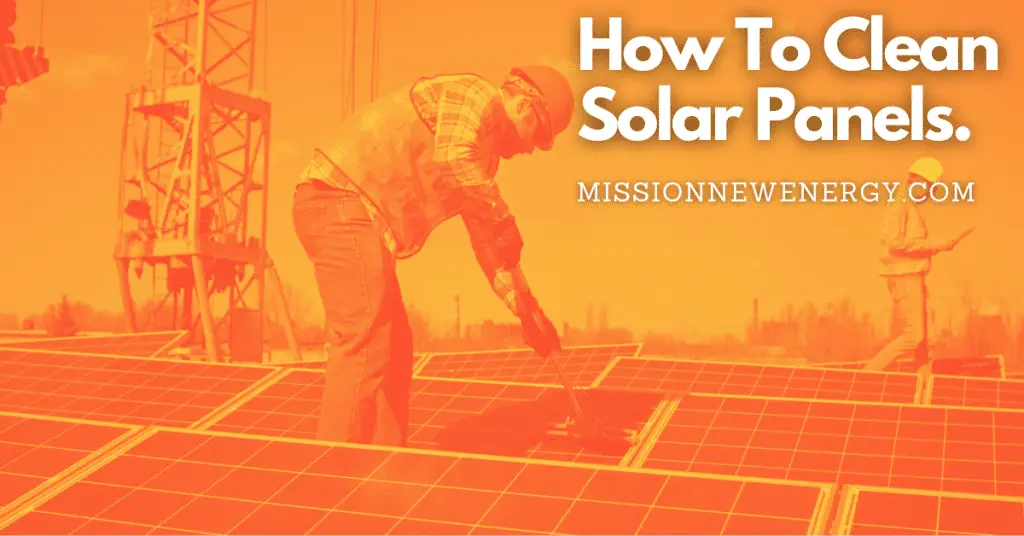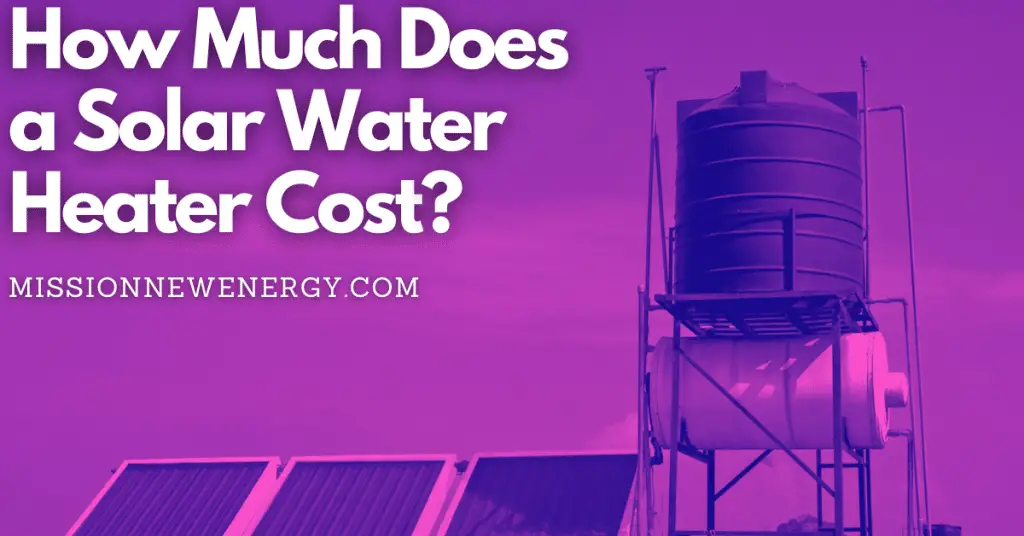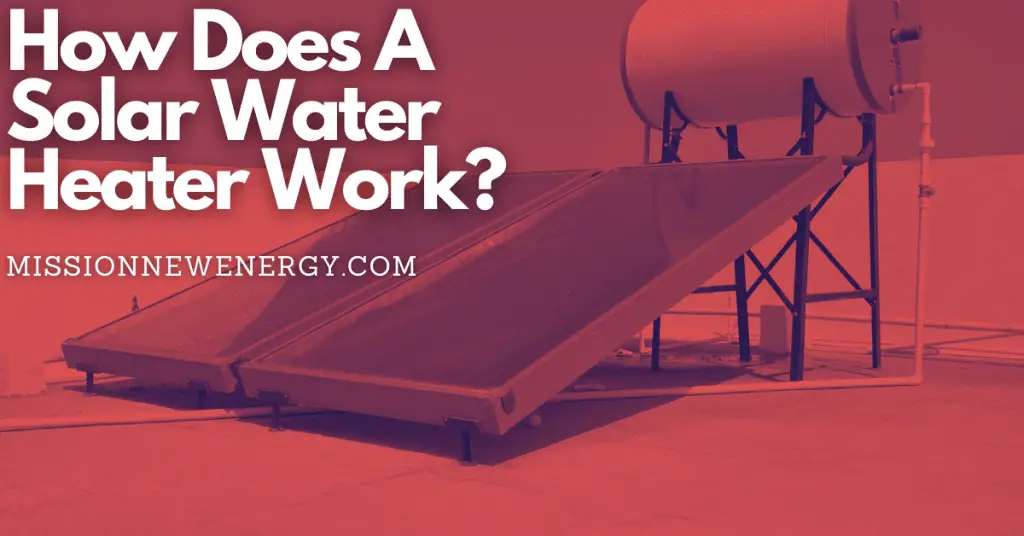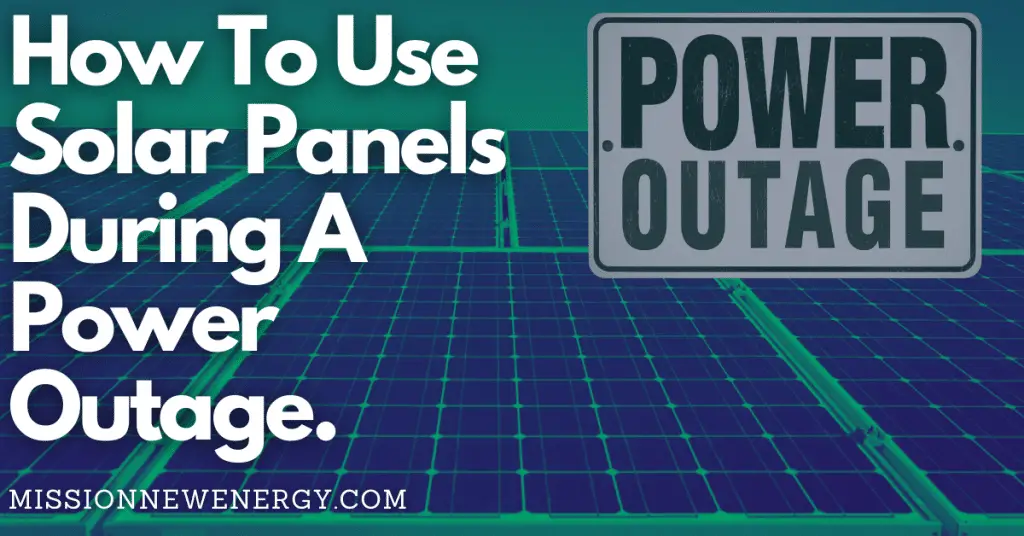You’ve probably heard that solar panels can last long, but how long do they last? Solar panel systems are designed for durability; many will continue producing energy for decades with little maintenance.
However, several factors can affect a solar panel’s lifespan, including manufacturing defects, physical damage, and degradation from exposure to the elements.
In this article, we’ll look at what affects a solar panel’s lifespan and provide some key takeaways on how to get the most out of your solar investment.
How Long Do Solar Panels Last?
Solar panels are designed to withstand the rigors of the elements, but they’re not indestructible. Physical damage from hail, wind, debris or fallen branches can shorten a PV system’s life.
In addition, manufacturing defects can lead to less durable panels and more prone to breakage or failure.
Solar panel efficiency can also degrade over time due to exposure to sunlight, heat, and other damaging materials. However, the degradation rate is typically prolonged – most panels will retain 80% of their original efficiency after 25 years of use.
While solar panel degradation is natural, you can do several things to extend your system’s life. First, have your system regularly inspected by a certified installer to ensure that all components are secure and in good working order.
Second, keep your panels clean – dirt and debris can block sunlight and reduce power output. And finally, be sure to trim branches and remove leaves from around your system to prevent shading and maintain optimal performance.
With proper care, solar panel systems can last for decades – providing clean, affordable electricity for your home or business. Are you interested in going solar? Contact a certified installer in your area to get started.
Why Do Solar Panels Degrade?
Solar panels are a sustainable and renewable energy source that can help reduce your carbon footprint.
However, over time solar panel degradation can occur, which reduces the panels’ efficiency and ability to produce electricity.
Several factors can contribute to solar panel degradation, including exposure to the sun, wind, rain, snow, and extreme temperatures.
Additionally, external factors such as bird droppings, dust, and dirt can also affect the performance of photovoltaic arrays.
While the average lifespan of a solar panel is around 25 years, the degradation rate can vary depending on the type of panel and the manufacturer.
According to The National Renewable Energy Laboratory (NREL), solar panel degradation rates typically range from 0.5% to 0.8% per year.
This means that after 25 years, a solar panel will have degraded by 12.5% to 20%.
You can do a few things to help reduce the degradation of your solar panels and extend their lifespan.
First, it’s essential to have routine maintenance checks and cleanings carried out by a solar professional.
Additionally, you should ensure that your panels are clear of debris and that the racking system is secure.
Finally, regularly monitoring your solar panel system is also an excellent way to identify potential issues.
If you follow these tips, you can help to ensure that your photovoltaic arrays last for many years and continue to produce clean electricity.
Energy Payback For PV
The payback time for PV systems is meager. However, this is the time the system requires to generate the same amount of energy as was expended in its creation.
However, this time frame is drastically reduced to just one to two years for thin-film PV modules.
This means the system can pay for its energy after only one to two years of operation. The return on investment is 1–4 years longer for ground-based systems.
PV also has significant positive effects on the natural world.
Solar panels produce far less carbon dioxide, nitrogen oxides, and sulfur dioxide for every 1000 kilowatt-hours of electricity than conventional power plants.
Because of this, there is a noticeable drop in pollution levels in the air.
An average PV system has a lifespan of 28 years and can save 100 tons of carbon dioxide from being released into the atmosphere.
How Long Do Polycrystalline Solar Panels Last?
While monocrystalline PV cells degrade constantly, polycrystalline PV cells degrade at a slightly greater rate, reducing their efficiency more quickly over time.
Yet, they live for at least 20–35 years on average. Additionally, there is no need to worry about recycling polycrystalline cells because nearly all of the raw materials utilized in their production are also recyclable.
These photovoltaic arrays are more cost-effective than their monocrystalline counterparts.
Monocrystalline Solar Panel Lifespan
Unlike cheaper alternatives, monocrystalline solar panels can survive for decades. Although the average panel warranty is just 25 or 30 years, the lifetime of the entire system might be as much as 40 years.
The deterioration rate, or annual energy production loss, measures a solar cell’s durability.
A deterioration rate of 0.3% to 0.8% is typical for photovoltaic arrays. In other words, in ten years, the system will function at 95% efficiency, in twenty years, at 90% efficiency, and so on.
How Long Do Tesla Solar Panels Last?
Tesla’s solar panels are built to last for many years. The company stands behind the effectiveness of its panels with a 25-year performance warranty, promising that the panels will still be producing 80 percent of their initial energy output.
The Tesla solar system is also backed by a lengthy guarantee of 10 years.
For at least ten years, Tesla will pay for the cost of repairs, including labor, if the system develops any faults or issues. Tesla photovoltaic arrays can produce clean electricity for decades with no upkeep.
Managing Unwanted Solar Panels
Solar panels are designed to produce energy for a long time, but they will need to be replaced at some point.
Solar panel manufacturers typically guarantee that their products will produce a certain amount of power for a set number of years – usually 20 to 25 years.
After that, the photovoltaic arrays may still work, but their output will decrease and eventually stop producing electricity altogether.
When solar panels end their useful life, there are a few options for what to do with them. They can be recycled, reused, or thrown away.
Recycling Solar Panels
Most solar panels are made of tempered glass, aluminum frames, and silicon cells.
All these materials can be recycled, and most photovoltaic array manufacturers have programs to recycle their products.
However, recycling solar panels can be difficult and expensive. The process starts with crushing the panels into small pieces. Then, the silicon cells are separated from the glass and metal.
The cells are then cleaned and cut into small pieces so that they can be melted down and reused to make new solar cells. The glass and metal are recycled separately.
Reusing Solar Panels
This is often the case with older panels that are no longer used to generate electricity.
Some companies specialize in refurbishing solar panels so they can be sold or donated to organizations that can use them. Others may use solar panels for other purposes, such as powering lights or other equipment.
Solar panels can also be repurposed into art or used as part of home decoration. For example, solar panels can be used to create a chandelier or a lamp.
Throwing Away Solar Panels
If solar panels cannot be recycled or reused, they will need to be disposed of in the muster; solar panels should not be thrown away lightly.
Solar panels contain toxic materials, such as lead and cadmium, that can harm the environment if they are not correctly disposed of. In addition, solar panels are made of glass and metal, which means they will take up a lot of space in a landfill.
If you need to dispose of solar panels, contact your local waste management company to find out the best way.
What Happens To Solar Panels After 25 Years?
Solar panels are designed to last a long time but don’t last forever. So here’s what you can expect after 25 years.
The first 25 to 30 years following solar installation are considered the “useful life” of the system, but solar panels can continue to provide electricity for decades after that.
After 25 years, your solar panels will still produce energy, but their output will decrease.
How Long Do Solar Inverters Last?
The longevity of solar inverters is critical to the overall functioning of a solar energy system.
The lifetime of inverters is generally between 5 and 25 years, while specific versions offer a lifetime extension.
It’s also worth noting that microinverters often last longer than their photovoltaic array counterparts.
While inverters have promising lifespans of 20 years or more, it is worth noting that this technology is still in its infancy.
How Long Do Solar Panel Batteries Last?
The vast majority of solar batteries are deep-cycle batteries, which can be depleted by up to 80% before recharging.
As long as they are cared for, they will have a long lifetime. Most companies that make solar batteries also provide a 10-year warranty on their products.
However, a solar battery’s longevity mostly depends on the number of cycles through which it is put to use.
The lifetime of a solar battery decreases if it is not discharged and recharged correctly.
A solar battery’s useful life can be extended with regular maintenance measures like checking the electrolyte level and cleaning the terminal connections.
Closing Thoughts
Solar panels have come a long way in the last few decades. Thanks to technological advances, solar panels are now more durable and efficient than ever.
Your solar panels will last for many years with proper care and maintenance. And, as photovoltaic cell prices drop, investing in solar is more affordable than ever.
So, what are you waiting for? Get started on your solar power journey today!

